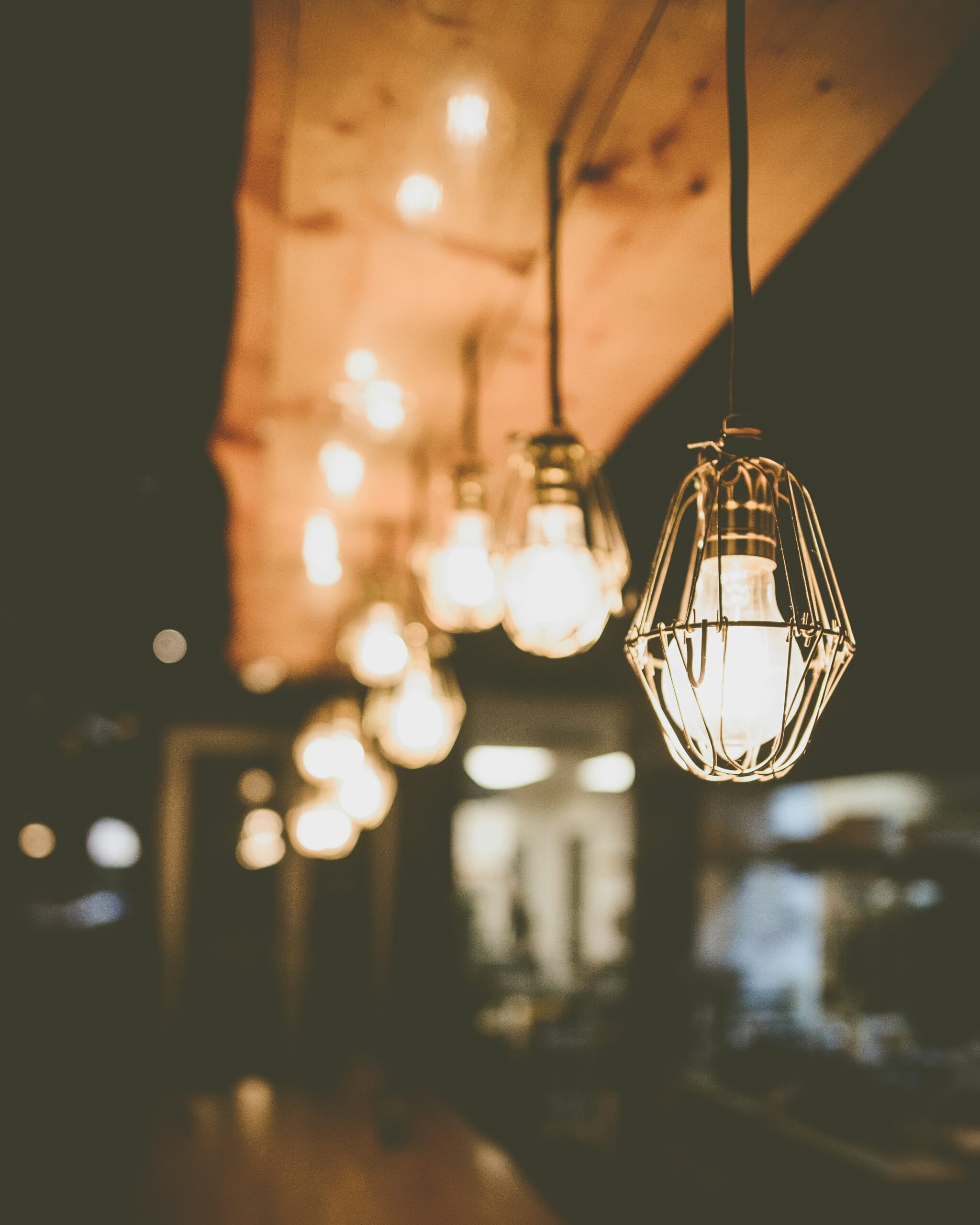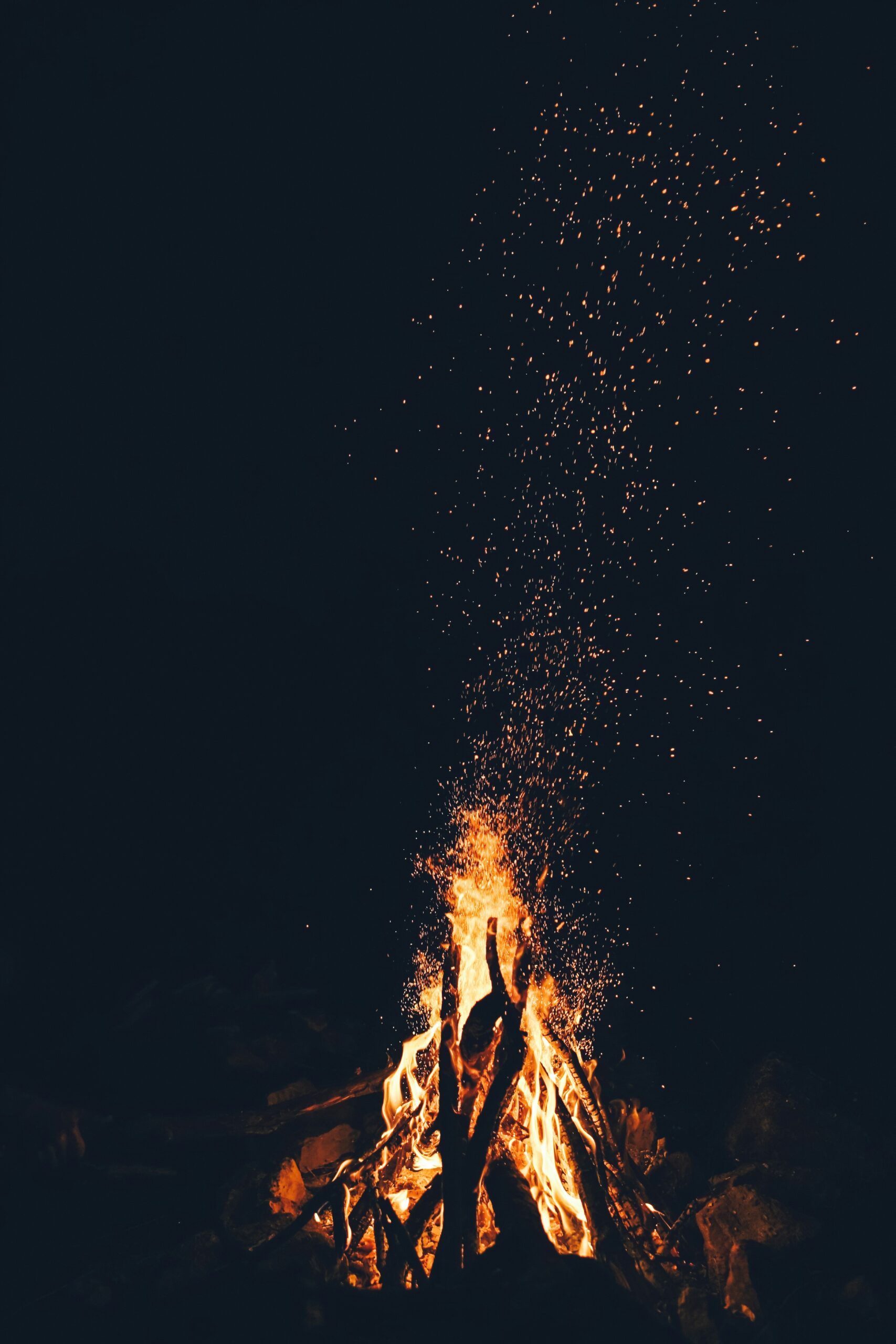In the realm of hunting, the ability to adapt and excel in various conditions is an essential skill. When it comes to low light hunting, achieving optimum visual clarity can make all the difference between success and frustration. The question arises: are there specific lens coatings that can enhance your hunting experience in low light conditions? From anti-reflective coatings that reduce glare to anti-fog coatings that combat moisture, this article explores the world of lens coatings and their impact on low light hunting. So, grab your binoculars and let’s uncover the secrets to enhanced visibility in the great outdoors. Understanding Lens Coatings

Basics of Lens Coatings
Lens coatings play a vital role in enhancing the performance and functionality of optical devices such as binoculars and scopes. They are a thin layer applied to lenses to provide various benefits, including improved light transmission, reduced glare, and enhanced durability. These coatings are typically made of different materials, each serving a specific purpose. By understanding the basics of lens coatings, you can make an informed decision when choosing the right coating for your hunting adventures.
Purpose of Lens Coatings
The primary purpose of lens coatings is to reduce reflections and increase light transmission, resulting in clearer and sharper images. By minimizing glare and unwanted reflections, lens coatings improve contrast and color fidelity, allowing you to see details more accurately. Additionally, lens coatings can offer additional benefits such as scratch resistance, water repellence, and fog resistance, making them indispensable for outdoor enthusiasts.
Amber Lens Coatings
Advantages of Amber Lens Coatings
Amber lens coatings are known for their ability to enhance image contrast, particularly in low light conditions. These coatings help filter out blue light, which can be distracting and cause eyestrain, allowing you to focus on your target more effectively. Amber lens coatings are especially popular among hunters who frequently engage in low light hunting, as they help boost visibility during dawn, dusk, and overcast conditions.
Drawbacks of Amber Lens Coatings
While the advantages of amber lens coatings are noteworthy, they do have some drawbacks worth mentioning. One of the main drawbacks is that amber lens coatings may alter the colors you see through the lens, potentially affecting your perception of the environment. Additionally, some hunters may find that the amber tint is not suitable for all hunting environments, as it may not provide optimal performance in bright sunlight or heavily forested areas. Consider your specific hunting conditions and personal preferences when deciding if amber lens coatings are right for you.
Anti-Reflective Lens Coatings
Benefits of Anti-Reflective Lens Coatings
Anti-reflective coatings, also known as AR coatings, are designed to reduce glare and maximize light transmission. By minimizing reflections on the lens surface, anti-reflective coatings ensure that more light passes through the lens, resulting in brighter and clearer images. These coatings are particularly valuable for low light hunting, as they help gather and retain available light, enhancing your visibility in challenging lighting conditions. Moreover, anti-reflective coatings can improve the durability of the lens by increasing scratch resistance and reducing smudging.
Downsides of Anti-Reflective Lens Coatings
While anti-reflective coatings offer numerous benefits, there are a few downsides to consider. One potential drawback is that these coatings may require more frequent cleaning, as they can accumulate fingerprints and smudges more readily compared to uncoated lenses. However, regular cleaning with a soft cloth or lens cleaning solution can easily mitigate this issue. Additionally, high-quality anti-reflective coatings can be more expensive than other types of coatings. Keep your budget in mind when selecting lens coatings, and consider the long-term benefits of investing in high-quality anti-reflective coatings.
Multi-Coated Lenses
Benefits of Multi-Coated Lenses
Multi-coated lenses incorporate multiple layers of different coatings, each serving a specific purpose. This combination of coatings results in improved light transmission, reduced reflections, and enhanced durability. Multi-coated lenses offer the advantages of both anti-reflective coatings and other specialized coatings, making them a popular choice for hunters looking for versatile and high-performing optics. These lenses provide excellent image quality, better color accuracy, and improved contrast, ensuring a superior viewing experience.
Issues with Multi-Coated Lenses
While multi-coated lenses offer numerous benefits, they do have some potential issues worth considering. One issue is the possibility of increased lens weight due to the multiple layers of coatings. This may not be a concern for everyone, but it is worth noting for hunters who prefer lightweight gear. Additionally, the complexity of multi-coated lenses can make them more expensive compared to lenses with single or fewer coatings. However, the enhanced performance and durability offered by multi-coated lenses often justify the higher price tag for serious hunters.
Yellow Lens Coatings

Advantages of Yellow Lens Coatings
Yellow lens coatings are highly sought after for low light hunting due to their ability to enhance brightness and contrast. These coatings effectively filter out blue light while allowing other wavelengths to pass through. This filtration process results in improved visual clarity and reduced eye fatigue, making yellow lenses ideal for extended periods of hunting in low light conditions. Additionally, the yellow tint provides better depth perception, allowing you to spot and track targets more efficiently.
Drawbacks of Yellow Lens Coatings
Despite their advantages, yellow lens coatings may not be suitable for all hunting environments. In bright daylight or heavily forested areas, the yellow tint may not provide optimal performance, potentially distorting colors and affecting overall visibility. It’s essential to consider your hunting conditions and personal preferences when deciding if yellow lens coatings are the right choice for you. Additionally, some hunters may find the yellow tint to be too intense, which may cause discomfort or strain their eyes after prolonged use. Take your visual sensitivity into account when selecting lens coatings.
Criteria for Choosing Lens Coatings
Hunter’s Needs and Preferences
When choosing lens coatings, it’s crucial to consider your specific needs and preferences as a hunter. Evaluate the lighting conditions you typically encounter, the type of hunting you engage in, and any specific visual requirements you have. By understanding your unique hunting style, you can select lens coatings that align with your preferences and enhance your overall hunting experience.
Environmental and Light Conditions
Hunting environments vary greatly, from open fields to dense forests, and understanding the lighting conditions specific to your hunting area is vital. Consider the typical weather patterns, the amount of natural light available, and whether you primarily hunt during dawn, dusk, or both. By assessing the environmental and light conditions, you can choose lens coatings that optimize your performance and visibility in your specific hunting environment.
The Role of Lens Coatings in Low Light Hunting

Requirements for Low Light Hunting
Low light hunting presents significant challenges, as visibility is often limited, and targets may be difficult to spot. In these conditions, lens coatings play a crucial role in enhancing your ability to see clearly and accurately. The right lens coatings can improve light transmission, reduce glare, and enhance contrast, making it easier to distinguish targets in low light. By selecting appropriate lens coatings, you can significantly increase your chances of success during low light hunting.
How Different Coatings Perform in Low Light
Amber, anti-reflective, and yellow lens coatings are commonly preferred for low light hunting due to their unique properties. Amber coatings excel at enhancing contrast and visibility, making them ideal for low light conditions. Anti-reflective coatings are particularly effective at maximizing light transmission, ensuring optimal performance in low light hunting situations. Yellow coatings enhance brightness and reduce eye fatigue, providing a comfortable viewing experience during extended periods in low light. Consider the benefits and drawbacks of each coating type when choosing the most suitable option for your low light hunting adventures.
Popular Brands with Low Light Coatings
Leading Brands in the Market
Several reputable brands offer lens coatings specifically designed for low light hunting. These brands have earned a reputation for their commitment to quality, innovation, and performance. Some of the leading brands in the market include Nikon, Leupold, Vortex, Zeiss, and Swarovski. These brands offer a wide range of lens coatings designed to enhance visibility and optimize performance in low light conditions.
Their Special Features and Performance
Each brand brings its unique features and technologies to their lens coatings. Nikon, for example, incorporates their proprietary “ED” (Extra-low Dispersion) glass in some lens coatings to minimize chromatic aberration and enhance image clarity. Leupold offers their “Twilight Max HD” lens coating, which focuses on maximizing light transmission during the critical low light periods. Vortex utilizes their “XR” anti-reflective coating to increase light transmission and reduce glare. Zeiss combines their T* anti-reflective coating with specialized lens designs for exceptional low light performance. Swarovski incorporates their proprietary “Swarotop” and “Swarodur” coatings for high light transmission and durability. Considering these special features can help you make an informed decision when selecting lens coatings from these leading brands.
Professionals’ Recommendations for Lens Coatings
Testimonials and Reviews from Expert Hunters
Expert hunters often rely on specific lens coatings to optimize their performance in low light conditions. Reading testimonials and reviews from these experienced individuals can provide valuable insights into the performance and suitability of different lens coatings. Pay attention to the feedback regarding image quality, light transmission, color accuracy, and overall visibility in low light. Based on their recommendations, you can narrow down your choices and select lens coatings that have been tried and tested by professionals in the field.
Guidelines from Optics Professionals
Optics professionals, such as optical engineers and technicians, offer essential guidance when it comes to selecting lens coatings. These professionals understand the technical aspects of optics and can provide expert advice on coatings that are ideal for low light hunting. They consider factors such as coating materials, light transmission values, and durability. Consulting with optics professionals can help ensure that you make the most informed decision when choosing lens coatings to enhance your low light hunting experience.
Considerations beyond the Coating
Importance of Lens Material
While lens coatings greatly improve the performance of optical devices, the lens material itself plays a significant role as well. Different lens materials, such as glass and various types of plastic, have varying levels of light transmission, optical clarity, and durability. Consider the specific properties of the lens material in conjunction with the chosen coatings to achieve the desired performance in low light conditions.
Considerations for Lens Size
The size of the lens also affects the performance of lens coatings. Larger lenses allow more light to enter the optical system, improving visibility in low light conditions. However, larger lenses may add weight to your gear and may not be suitable for all hunting situations. Finding the right balance between lens size and overall functionality is essential when selecting lens coatings.
Quality of the Binocular or Scope
Lastly, it’s crucial to consider the overall quality of the binocular or scope housing the coated lens. A high-quality optical device with premium coatings can maximize the benefits of the lens coatings. On the other hand, inferior optics with poor coatings may limit the performance of the lens coatings, resulting in subpar visibility and image quality. When choosing lens coatings, ensure that they are paired with reliable and well-regarded optical devices to achieve optimal performance in low light hunting.
In conclusion, lens coatings are a critical component of optical devices for low light hunting. The choice of lens coatings can significantly impact your visibility, target acquisition, and overall hunting experience. By understanding the advantages, drawbacks, and performance of various lens coatings, considering your specific hunting needs and preferences, and consulting professionals in the field, you can make an informed decision when selecting lens coatings. Remember to also consider other factors such as lens material, lens size, and the quality of the optical device itself to ensure optimal performance in low light conditions. With the right lens coatings and a reliable optical device, you can confidently embark on your low light hunting adventures with improved visibility and enhanced success.
